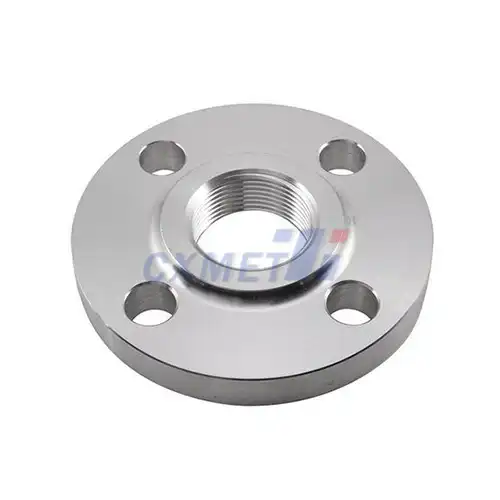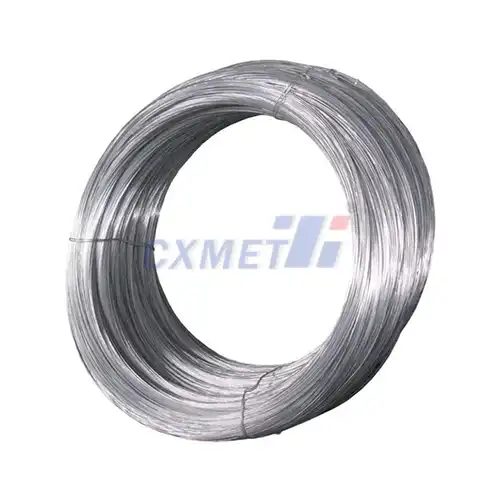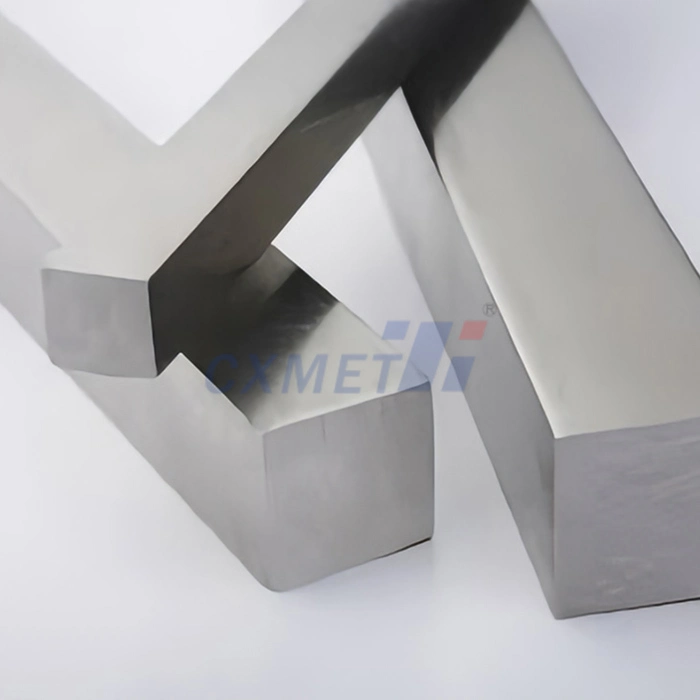- English
- French
- German
- Portuguese
- Spanish
- Russian
- Japanese
- Korean
- Arabic
- Greek
- German
- Turkish
- Italian
- Danish
- Romanian
- Indonesian
- Czech
- Afrikaans
- Swedish
- Polish
- Basque
- Catalan
- Esperanto
- Hindi
- Lao
- Albanian
- Amharic
- Armenian
- Azerbaijani
- Belarusian
- Bengali
- Bosnian
- Bulgarian
- Cebuano
- Chichewa
- Corsican
- Croatian
- Dutch
- Estonian
- Filipino
- Finnish
- Frisian
- Galician
- Georgian
- Gujarati
- Haitian
- Hausa
- Hawaiian
- Hebrew
- Hmong
- Hungarian
- Icelandic
- Igbo
- Javanese
- Kannada
- Kazakh
- Khmer
- Kurdish
- Kyrgyz
- Latin
- Latvian
- Lithuanian
- Luxembou..
- Macedonian
- Malagasy
- Malay
- Malayalam
- Maltese
- Maori
- Marathi
- Mongolian
- Burmese
- Nepali
- Norwegian
- Pashto
- Persian
- Punjabi
- Serbian
- Sesotho
- Sinhala
- Slovak
- Slovenian
- Somali
- Samoan
- Scots Gaelic
- Shona
- Sindhi
- Sundanese
- Swahili
- Tajik
- Tamil
- Telugu
- Thai
- Ukrainian
- Urdu
- Uzbek
- Vietnamese
- Welsh
- Xhosa
- Yiddish
- Yoruba
- Zulu
What are the Advantages of Using AMS 6242 Titanium Alloy for Aerospace Components?
2024-09-14 15:12:29
Titanium AMS 6242 is a high-strength alpha-beta titanium alloy that has gained significant popularity in the aerospace industry due to its exceptional properties. This alloy offers a unique combination of strength, lightweight characteristics, and excellent corrosion resistance, making it an ideal choice for various aerospace applications. In this blog post, we will explore the advantages of using AMS 6242 titanium alloy for aerospace components and delve into its specific properties that make it so valuable in this demanding sector.
What makes Titanium AMS 6242 Rod ideal for aerospace applications?
Titanium AMS 6242 rod is highly sought after in the aerospace industry due to its remarkable combination of properties that perfectly align with the demanding requirements of aircraft and spacecraft components. This alloy offers an exceptional strength-to-weight ratio, which is crucial in aerospace applications where every gram of weight matters. The high strength of AMS 6242 allows for the creation of components that can withstand extreme mechanical stresses while maintaining minimal weight, contributing to overall fuel efficiency and performance of aerospace vehicles.
Moreover, the excellent corrosion resistance of Titanium AMS 6242 is a significant advantage in the harsh environments encountered during flight. Aerospace components are exposed to a wide range of temperatures, pressures, and potentially corrosive substances. The inherent corrosion resistance of this alloy ensures that parts maintain their structural integrity and performance over extended periods, reducing maintenance requirements and enhancing the longevity of aerospace systems.
The alloy's ability to maintain its properties at elevated temperatures is another critical factor that makes it ideal for aerospace applications. Many aerospace components are subjected to high temperatures during operation, and AMS 6242's stability under these conditions ensures reliable performance. This temperature resistance is particularly valuable in engine components, exhaust systems, and other areas where heat exposure is significant.
Furthermore, Titanium AMS 6242 exhibits excellent fatigue resistance, which is crucial for components that undergo repeated stress cycles during flight. This property helps prevent premature failure and extends the service life of critical aerospace parts, contributing to the overall safety and reliability of aircraft and spacecraft.
The machinability of AMS 6242 is also an advantage in aerospace manufacturing. While titanium alloys are generally known for being challenging to machine, AMS 6242 offers relatively good machinability compared to other high-strength titanium alloys. This characteristic allows for the production of complex geometries and precise components required in aerospace applications, reducing manufacturing costs and time.
Lastly, the biocompatibility of Titanium AMS 6242 makes it suitable for use in life support systems and other applications where materials may come into contact with the human body. This property ensures that the alloy does not cause adverse reactions or compromise the health and safety of aerospace personnel.
How does Titanium AMS 6242 compare to other aerospace materials?
When comparing Titanium AMS 6242 to other materials commonly used in aerospace applications, several key differences and advantages become apparent. The most notable comparison is often made with aluminum alloys, which have traditionally been widely used in aircraft construction due to their low density.
Titanium AMS 6242 offers a significant advantage over aluminum in terms of strength-to-weight ratio. While aluminum is lighter, Titanium AMS 6242 provides much higher strength, allowing for thinner and lighter components that can withstand greater loads. This property is particularly valuable in structural components and high-stress areas of aerospace vehicles, where maximizing strength while minimizing weight is crucial for performance and fuel efficiency.
In comparison to steel alloys, another common aerospace material, Titanium AMS 6242 again shows its superiority in the strength-to-weight ratio. Steel may offer higher absolute strength, but its high density makes it less suitable for applications where weight is a critical factor. Titanium AMS 6242 provides a more balanced solution, offering excellent strength at a much lower weight, which is ideal for aerospace applications.
Corrosion resistance is another area where Titanium AMS 6242 outperforms many other aerospace materials. Unlike aluminum, which can be susceptible to corrosion in certain environments, and steel, which requires protective coatings, Titanium AMS 6242 has inherent corrosion resistance. This property reduces the need for additional protective measures and ensures long-term reliability in varied operating conditions.
When it comes to temperature resistance, Titanium AMS 6242 also holds an advantage over many aluminum alloys. While some specialized aluminum alloys can withstand moderately high temperatures, Titanium AMS 6242 maintains its properties at much higher temperatures, making it suitable for use in engine components and other high-heat areas where aluminum would be inadequate.
Compared to other titanium alloys, such as Ti-6Al-4V (another popular aerospace material), AMS 6242 offers some specific advantages. It generally provides higher strength and better creep resistance at elevated temperatures, making it more suitable for certain high-performance applications. However, Ti-6Al-4V may be preferred in some cases due to its wider availability and lower cost.
In terms of fatigue resistance, Titanium AMS 6242 performs exceptionally well compared to many other aerospace materials. Its ability to withstand repeated stress cycles without failure is superior to many aluminum alloys and comparable to or better than many steel alloys, contributing to the longevity and reliability of aerospace components.
The biocompatibility of Titanium AMS 6242 also sets it apart from many other aerospace materials. While this property may not be crucial for all aerospace applications, it provides additional versatility and safety in scenarios where materials may come into contact with human tissue or bodily fluids.
It's worth noting that while Titanium AMS 6242 offers numerous advantages, it does come at a higher cost compared to some other aerospace materials, particularly aluminum alloys. However, the long-term benefits in terms of performance, durability, and reduced maintenance often justify the initial investment, especially in high-performance and critical aerospace applications.
What are the key manufacturing considerations for Titanium AMS 6242 Rod in aerospace?
Manufacturing components from Titanium AMS 6242 rod for aerospace applications requires careful consideration of several key factors to ensure the production of high-quality, reliable parts that meet the stringent requirements of the industry.
First and foremost, the sourcing of Titanium AMS 6242 rod is crucial. Aerospace manufacturers must ensure that they obtain the material from reputable suppliers who can provide certified AMS 6242 that meets all the required specifications. This includes verifying the chemical composition, mechanical properties, and microstructure of the material. Given the critical nature of aerospace components, full traceability of the material from its raw form through to the finished product is essential.
The machining of Titanium AMS 6242 rod presents both challenges and opportunities. While this alloy is generally more machinable than some other titanium alloys, it still requires specific machining techniques and tools. High-speed machining with sharp, coated cutting tools is often employed to achieve the desired surface finish and dimensional accuracy while minimizing tool wear. The use of appropriate coolants is crucial to manage heat generation during machining, as titanium's low thermal conductivity can lead to rapid tool wear and potential workpiece damage if not properly managed.
Heat treatment is a critical step in the manufacturing process of Titanium AMS 6242 components. The alloy's properties can be optimized through careful heat treatment procedures, including solution treatment and aging. These processes must be precisely controlled to achieve the desired microstructure and mechanical properties. Aerospace manufacturers often invest in specialized heat treatment equipment and develop rigorous procedures to ensure consistent results.
Welding of Titanium AMS 6242 components requires specialized techniques and equipment. The material is susceptible to contamination at high temperatures, necessitating the use of inert gas shielding during welding processes. Techniques such as Gas Tungsten Arc Welding (GTAW) or electron beam welding are commonly employed. Post-weld heat treatments may be necessary to restore the material's properties in the heat-affected zone.
Surface treatment and finishing of Titanium AMS 6242 components are important considerations in aerospace manufacturing. While the alloy has excellent corrosion resistance, additional surface treatments may be applied to enhance specific properties or meet aesthetic requirements. These can include anodizing, chemical milling, or the application of specialized coatings. The choice of surface treatment must be carefully considered to ensure it does not compromise the material's inherent properties or introduce potential failure points.
Quality control and inspection are paramount in the manufacturing of aerospace components from Titanium AMS 6242 rod. Non-destructive testing (NDT) methods such as ultrasonic testing, radiographic inspection, and dye penetrant testing are commonly employed to detect any internal or surface defects. Dimensional inspection using coordinate measuring machines (CMMs) ensures that parts meet the tight tolerances required in aerospace applications.
The management of material waste and recycling is another important consideration in the manufacturing process. Given the high cost of Titanium AMS 6242, efficient use of the material and effective recycling of scrap can significantly impact the overall cost-effectiveness of component production. Many aerospace manufacturers implement sophisticated material management systems to minimize waste and maximize the utilization of this valuable alloy.
Lastly, documentation and certification are crucial aspects of manufacturing Titanium AMS 6242 components for aerospace use. Detailed records must be maintained throughout the manufacturing process, from material sourcing to final inspection. This documentation is essential for regulatory compliance, traceability, and quality assurance purposes. Manufacturers must be prepared to provide comprehensive documentation demonstrating adherence to aerospace industry standards and specifications.
In conclusion, the use of Titanium AMS 6242 alloy in aerospace components offers numerous advantages, including exceptional strength-to-weight ratio, excellent corrosion resistance, and high-temperature performance. These properties make it an ideal choice for critical aerospace applications where performance, reliability, and weight savings are paramount. While manufacturing components from this alloy requires specialized knowledge and techniques, the benefits it provides in terms of enhanced aircraft performance and longevity make it a valuable material in the aerospace industry. As aerospace technology continues to advance, the role of high-performance materials like Titanium AMS 6242 will undoubtedly remain crucial in pushing the boundaries of what's possible in flight.
At SHAANXI CXMET TECHNOLOGY CO., LTD, we take pride in our extensive product range, which caters to diverse customer needs. Our company is equipped with outstanding production and processing capabilities, ensuring the high quality and precision of our products. We are committed to innovation and continuously strive to develop new products, keeping us at the forefront of our industry. With leading technological development capabilities, we are able to adapt and evolve in a rapidly changing market. Furthermore, we offer customized solutions to meet the specific requirements of our clients. If you are interested in our products or wish to learn more about the intricate details of our offerings, please do not hesitate to contact us at sales@cxmet.com. Our team is always ready to assist you.
References:
1. ASM International. (2015). ASM Handbook, Volume 2: Properties and Selection: Nonferrous Alloys and Special-Purpose Materials.
2. Boyer, R., Welsch, G., & Collings, E. W. (1994). Materials Properties Handbook: Titanium Alloys. ASM International.
3. Donachie, M. J. (2000). Titanium: A Technical Guide. ASM International.
4. Inagaki, I., Takechi, T., Shirai, Y., & Ariyasu, N. (2014). Application and Features of Titanium for the Aerospace Industry. Nippon Steel & Sumitomo Metal Technical Report, 106, 22-27.
5. Leyens, C., & Peters, M. (Eds.). (2003). Titanium and Titanium Alloys: Fundamentals and Applications. John Wiley & Sons.
6. Lütjering, G., & Williams, J. C. (2007). Titanium (Engineering Materials and Processes). Springer.
7. Peters, M., Kumpfert, J., Ward, C. H., & Leyens, C. (2003). Titanium alloys for aerospace applications. Advanced Engineering Materials, 5(6), 419-427.
8. Pramanik, A. (2014). Problems and solutions in machining of titanium alloys. The International Journal of Advanced Manufacturing Technology, 70(5-8), 919-928.
9. Veiga, C., Davim, J. P., & Loureiro, A. J. R. (2012). Properties and applications of titanium alloys: A brief review. Reviews on Advanced Materials Science, 32(2), 133-148.
10. Yang, X., & Liu, C. R. (1999). Machining titanium and its alloys. Machining Science and Technology, 3(1), 107-139.



